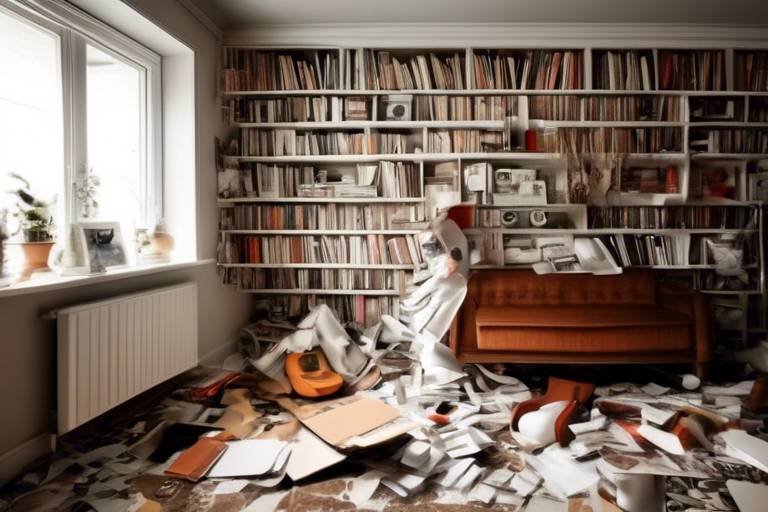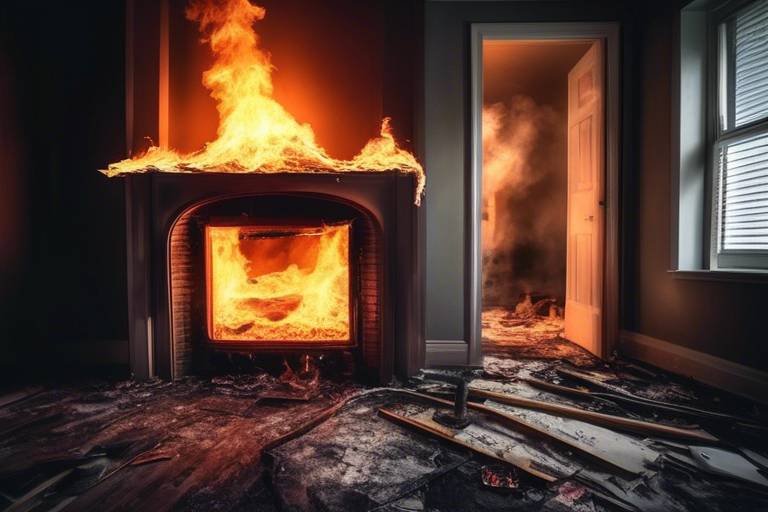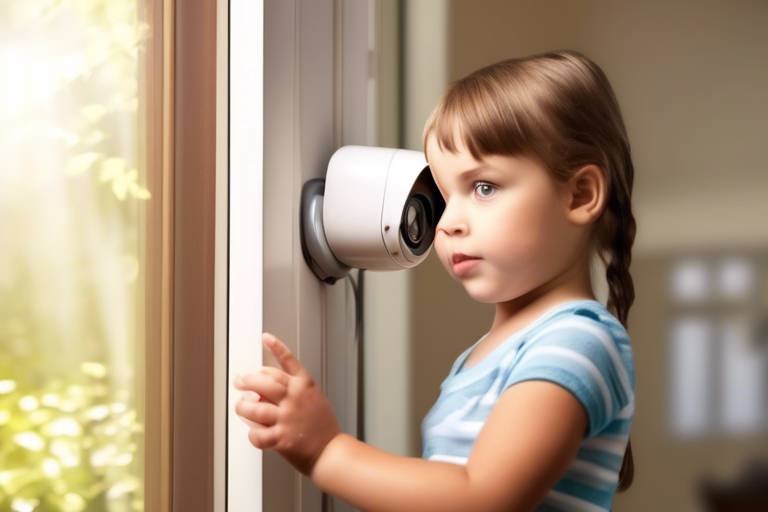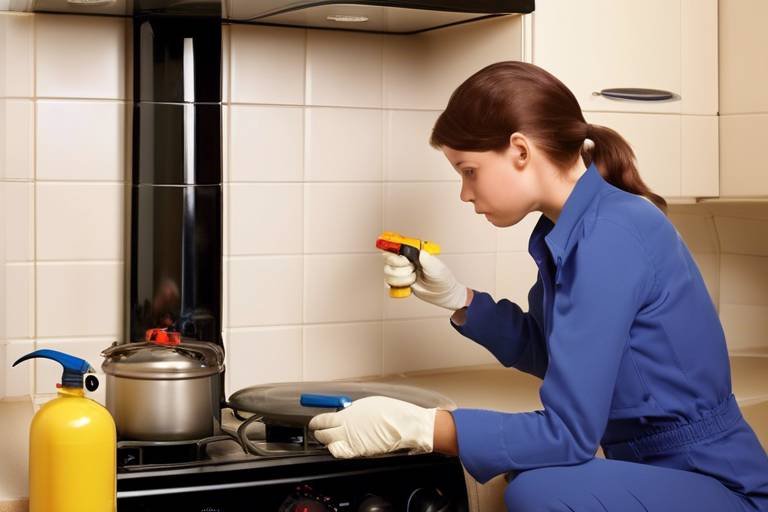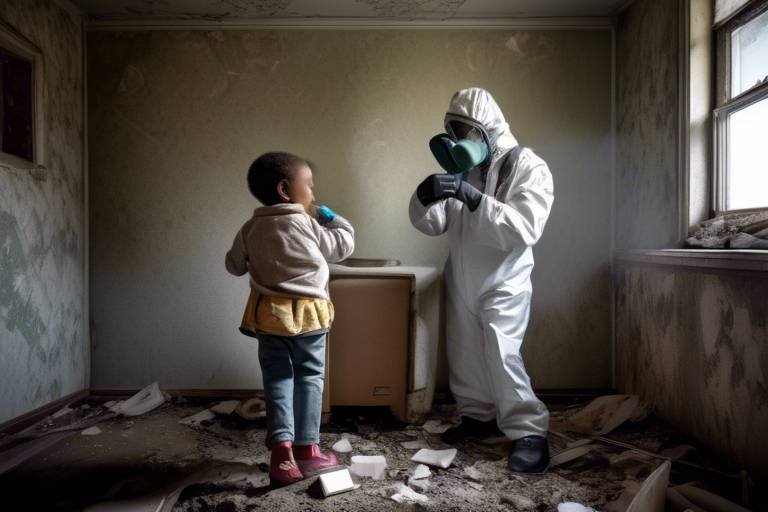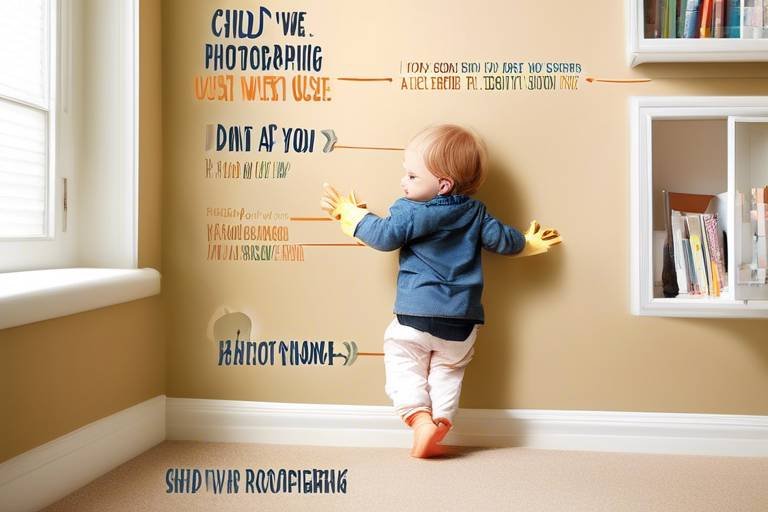Garage Safety Measures You Should Know
When it comes to our homes, the garage often serves as a multifunctional space, acting as a workshop, storage area, and even a place for hobbies. However, with all this versatility comes a host of potential hazards that can endanger both our safety and our belongings. Understanding the importance of garage safety measures is crucial for anyone who spends time in this space. In this article, we will explore essential safety measures that can help ensure a secure garage environment, covering everything from proper storage techniques to emergency preparedness. By the end, you’ll be equipped with the knowledge to protect yourself and your possessions effectively.
Identifying potential hazards in your garage is the first step to ensuring safety. Common risks include flammable materials, sharp tools, and inadequate ventilation, which can lead to accidents if not addressed properly. For instance, did you know that many homeowners store gasoline, paint thinners, and other flammable substances in their garages? This can create a dangerous environment if these items are not stored correctly. Additionally, sharp tools can pose a risk of cuts or punctures, and poor ventilation can lead to the buildup of harmful fumes. By being aware of these hazards, you can take proactive steps to mitigate them.
Utilizing the right storage solutions can significantly reduce clutter and enhance safety. Imagine walking into a garage where everything is organized and in its place. It not only looks good but also minimizes the risk of accidents. Explore options like shelving, cabinets, and bins to keep tools and materials organized and easily accessible. For example, wall-mounted shelves can save floor space while keeping items off the ground, reducing tripping hazards. Make sure to label bins and containers clearly, so you can quickly find what you need without rummaging through piles of stuff.
Following safety guidelines when using tools is crucial. Picture this: you’re in the middle of a project, and you reach for a tool without thinking about safety. It’s easy to get caught up in the moment, but this can lead to accidents. Always wear protective gear, such as gloves and goggles, to shield yourself from potential injuries. Understanding tool functionality is also important; read the manuals and familiarize yourself with how each tool works before diving into a project. Additionally, performing regular maintenance on your tools can prevent malfunctions that could lead to accidents.
Fire safety is paramount in a garage due to the presence of flammable substances. To illustrate, imagine a scenario where a spark ignites a can of paint thinner. The consequences could be catastrophic. Learn about proper storage of hazardous materials, ensuring they are kept in well-sealed containers and stored away from heat sources. Furthermore, having fire extinguishers readily available is essential. Make it a habit to check the expiration dates and ensure they are easily accessible in case of an emergency.
Electrical hazards can pose serious risks in garages. Think about all the tools and equipment that require electricity. This section discusses safe practices for using electrical equipment, avoiding overloads, and maintaining wiring to prevent fires and electrical shocks. For instance, never overload power strips, and always use grounded outlets for your tools. Regularly inspect cords for fraying or damage, and replace any faulty equipment immediately to avoid potential hazards.
Being prepared for emergencies can save lives. Imagine you’re caught in a fire or a severe accident occurs; having a plan can make all the difference. This section emphasizes the importance of having a first aid kit readily available, knowing emergency contact numbers, and creating an evacuation plan for your garage. Ensure that everyone in your household knows where the first aid kit is located and what to do in case of an emergency. Conducting regular drills can help everyone feel more confident and prepared.
Keeping children and pets safe in the garage is essential. Picture a curious child exploring the garage, reaching for sharp tools or hazardous materials. This can lead to serious accidents. Securing hazardous materials in locked cabinets and supervising playtime in the garage can help prevent accidents. Additionally, creating a safe environment by removing tripping hazards and ensuring there are no open containers of chemicals can make a world of difference in keeping your loved ones safe.
Regular maintenance checks are vital for ensuring garage safety. It’s like giving your garage a health check-up! This section highlights the importance of inspecting tools, cleaning spills, and checking for structural integrity to maintain a safe space. Make it a routine to look for any signs of wear and tear, clean up any spills immediately to prevent slips, and ensure that shelves and storage units are secure and stable.
A safety checklist can help you stay organized and aware of potential hazards. Think of it as your garage's personal trainer, keeping it in shape! This section guides you on creating a comprehensive checklist to regularly assess and improve garage safety measures. Include items such as checking for fire hazards, inspecting tools, and ensuring that emergency equipment is in working order. By regularly reviewing this checklist, you can maintain a safe and functional garage environment.
Q: What should I do if I find a hazardous material in my garage?
A: If you discover a hazardous material, such as a leaking container of chemicals, it's crucial to handle it with care. Wear protective gloves and eye protection, and follow local guidelines for disposal.
Q: How often should I perform maintenance checks in my garage?
A: It's recommended to perform maintenance checks at least once a season or whenever you notice a potential issue. Regular checks can help prevent accidents and ensure a safe environment.
Q: What items should I include in my garage first aid kit?
A: Your garage first aid kit should include band-aids, antiseptic wipes, gauze, adhesive tape, scissors, and any personal medications or items that may be necessary for your family.
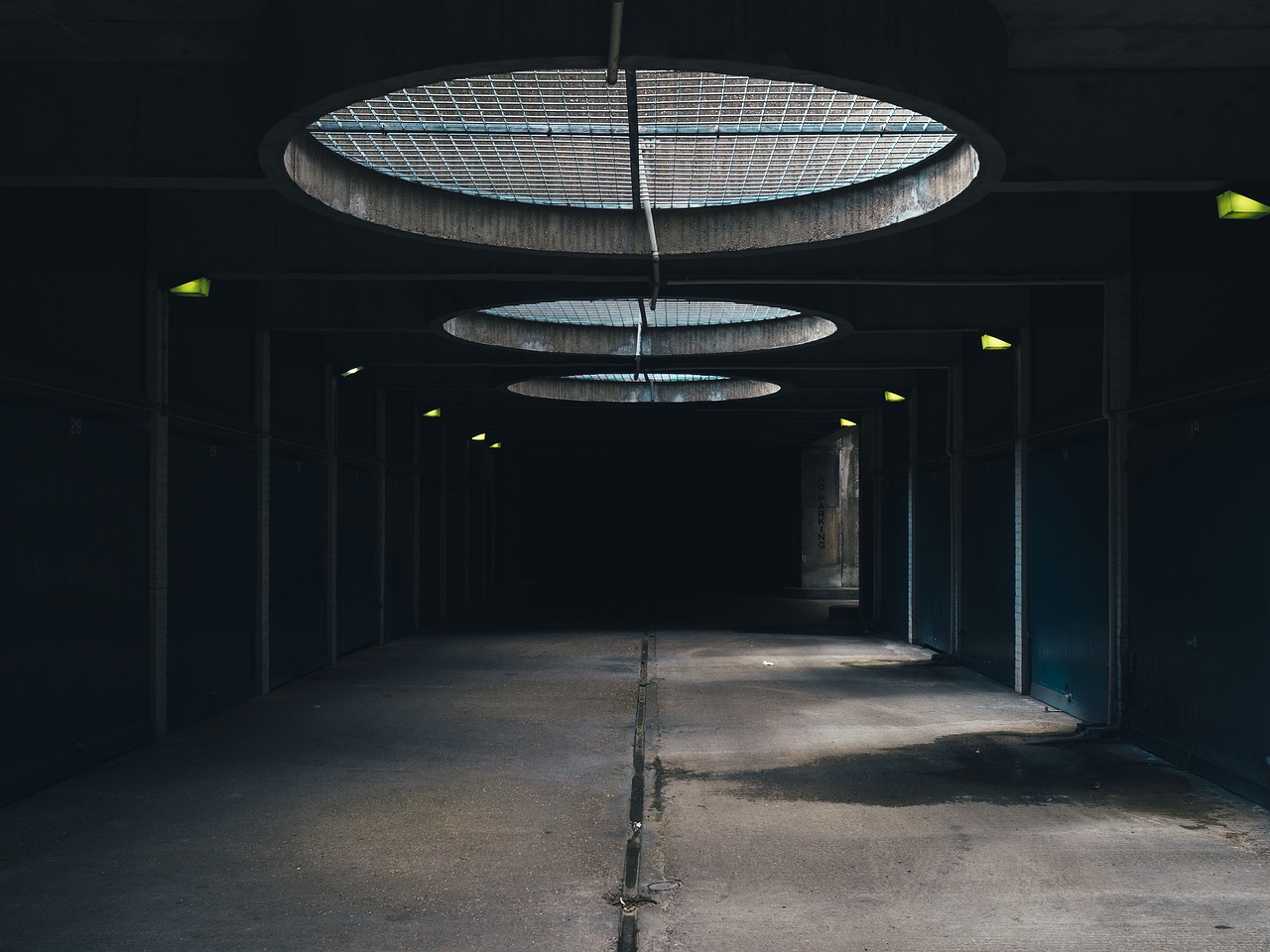
Understanding Garage Hazards
This article explores essential safety measures to ensure a secure garage environment, including proper storage, equipment handling, and emergency preparedness. Learn how to protect yourself and your belongings effectively.
When it comes to garage safety, understanding potential hazards is your first line of defense. Just like a well-trained soldier prepares for battle, you need to identify the risks lurking in your garage. The garage is often a treasure trove of tools, supplies, and equipment, but it can also be a minefield of dangers if not managed properly. Common hazards include:
- Flammable Materials: Many garages house a variety of flammable substances like gasoline, paints, and solvents. These materials can ignite easily, especially if they’re not stored correctly.
- Sharp Tools: From saws to chisels, sharp tools are essential for many DIY projects, but they can also cause serious injuries if mishandled or left out in the open.
- Inadequate Ventilation: Garages often lack proper airflow, which can lead to the buildup of toxic fumes from chemicals or exhaust from vehicles.
- Heavy Objects: Storing heavy items on high shelves poses a risk of falling. If you’re not careful, you could end up with a nasty surprise.
Knowing these hazards is like having a flashlight in a dark room; it helps you navigate safely. For instance, if you have flammable materials, make sure they are stored in a cool, dry place away from any heat sources. It’s also wise to keep them in clearly labeled containers to avoid confusion. Similarly, ensure that sharp tools are stored in a designated area, preferably in a toolbox or on a magnetic strip, to keep them out of reach from curious hands.
Moreover, inadequate ventilation can turn your garage into a dangerous space. It’s crucial to ensure that there’s enough airflow, especially when working with chemicals. Consider installing vents or using fans to keep the air circulating. Just like you wouldn’t want to breathe in smoke from a fire, you should avoid inhaling harmful fumes while working on your projects.
In summary, understanding garage hazards is not just about recognizing the risks; it’s about taking proactive steps to mitigate them. By being aware of what can go wrong, you can create a safer environment for yourself and your family. So, take a moment to look around your garage and assess the potential hazards. Are your flammable materials stored properly? Are your tools organized? Is there proper ventilation? Addressing these questions can lead to a more secure garage space.
Utilizing the right storage solutions can significantly reduce clutter and enhance safety. Explore options like shelving, cabinets, and bins to keep tools and materials organized and easily accessible.
Following safety guidelines when using tools is crucial. This section covers the importance of wearing protective gear, understanding tool functionality, and performing regular maintenance to prevent accidents.
Fire safety is paramount in a garage due to the presence of flammable substances. Learn about proper storage of hazardous materials and the importance of having fire extinguishers readily available.
Electrical hazards can pose serious risks in garages. This section discusses safe practices for using electrical equipment, avoiding overloads, and maintaining wiring to prevent fires and electrical shocks.
Being prepared for emergencies can save lives. This section emphasizes the importance of having a first aid kit, knowing emergency contact numbers, and creating an evacuation plan for your garage.
Keeping children and pets safe in the garage is essential. This section provides tips on securing hazardous materials, supervising play, and creating a safe environment to prevent accidents.
Regular maintenance checks are vital for ensuring garage safety. This section highlights the importance of inspecting tools, cleaning spills, and checking for structural integrity to maintain a safe space.
A safety checklist can help you stay organized and aware of potential hazards. This section guides you on creating a comprehensive checklist to regularly assess and improve garage safety measures.
Q: What are the most common hazards in a garage?
A: Common hazards include flammable materials, sharp tools, inadequate ventilation, and heavy objects. Being aware of these can help you take necessary precautions.
Q: How can I improve ventilation in my garage?
A: You can improve ventilation by installing vents, using fans, or simply keeping the garage door open while working to allow fresh air in.
Q: What should I do if I spill a chemical in my garage?
A: Clean it up immediately using appropriate safety gear, and dispose of the waste according to local regulations.
Q: How often should I check my garage for safety hazards?
A: It’s recommended to conduct a safety inspection at least once a month to ensure a safe environment.
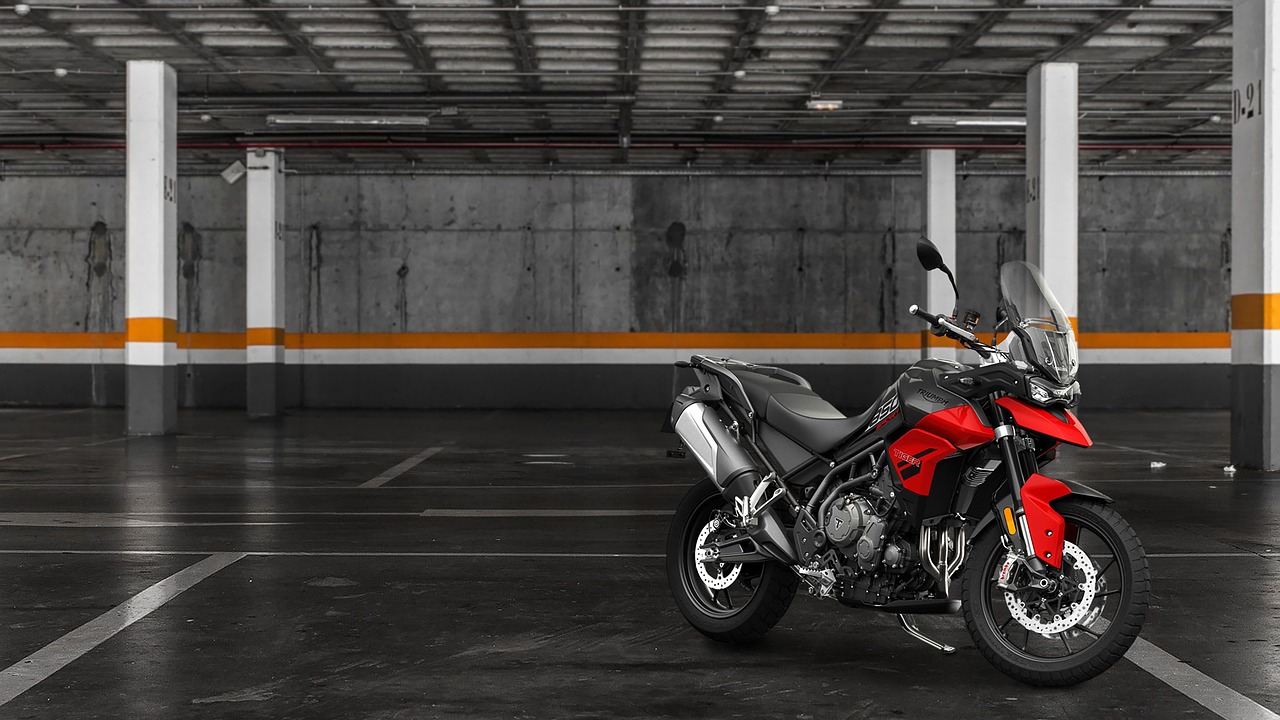
Proper Storage Solutions
When it comes to garage safety, play a vital role in creating a secure environment. Imagine walking into your garage and being greeted by a chaotic mess of tools, paint cans, and seasonal decorations all jumbled together. Not only does this clutter create a stressful atmosphere, but it also increases the risk of accidents. To combat this, consider implementing a few effective storage strategies that can transform your garage into a well-organized haven.
First and foremost, investing in shelving units is a game-changer. These sturdy structures can hold everything from heavy boxes to small tools, effectively utilizing vertical space. You can install adjustable shelves to accommodate items of various sizes, making it easy to rearrange as your storage needs change. Additionally, open shelving allows you to see your items at a glance, reducing the time you spend searching for what you need.
Next up, cabinets are an excellent option for storing hazardous materials such as chemicals and paints. By keeping these items behind locked doors, you not only protect your belongings but also safeguard children and pets from potential harm. Look for cabinets that are specifically designed for garage use, as they are often more durable and resistant to moisture and chemicals.
Another fantastic storage solution is the use of bins and containers. Clear plastic bins are particularly useful because they allow you to see the contents without having to open them. You can categorize your items—like holiday decorations, gardening supplies, or sports equipment—into different bins. Labeling each bin can further streamline your organization, so you know exactly where everything belongs. When everything has its place, you’ll find that maintaining order becomes a breeze.
Don’t forget about the floor space! Utilizing overhead storage racks can free up valuable floor space for larger projects or vehicles. These racks are perfect for storing infrequently used items, such as camping gear or seasonal decorations. Just make sure to follow weight guidelines to avoid overloading them.
To make the most of your garage space, you might also consider using wall-mounted tools. Pegboards are a fantastic way to hang tools and keep them within easy reach. This not only keeps tools organized but also prevents them from becoming hazards when left lying around. You can customize the layout to fit your workflow, ensuring that everything you need is right at your fingertips.
In summary, a well-organized garage is not just about aesthetics; it’s about creating a safe environment where you can work and store your belongings without worry. By implementing shelving units, cabinets, bins, and overhead storage, you can significantly reduce clutter and enhance safety. Remember, the key to a safe garage is not just storing items, but doing so in a way that minimizes risk and maximizes accessibility.
- What are the best materials for garage storage solutions? Look for durable materials like metal or heavy-duty plastic that can withstand the garage environment.
- How often should I reorganize my garage? It’s a good idea to reassess your garage organization at least twice a year to adapt to changing needs.
- Can I use regular household storage solutions in my garage? While some can work, it’s best to use garage-specific solutions that are designed to handle heavier items and resist moisture.
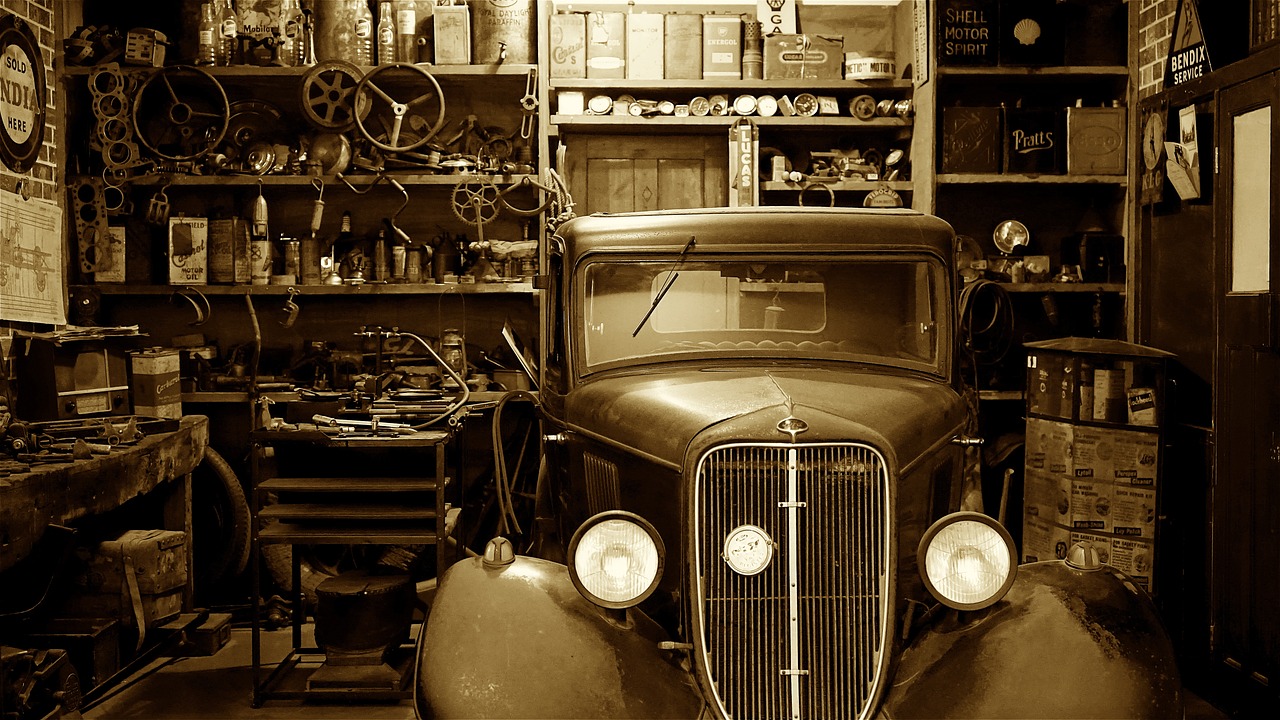
Tool Safety Guidelines
When it comes to using tools in your garage, safety should never take a backseat. It's crucial to remember that tools, while incredibly useful, can also pose significant dangers if not handled properly. So, how can you ensure that you’re using your tools safely? First and foremost, always wear the appropriate protective gear. This can include safety goggles, gloves, and ear protection, depending on the tool you're using. Think of it as your armor in the battle against potential injuries.
Understanding the functionality of each tool is equally important. Every tool has its quirks and specific ways it should be operated. Before diving into a project, take a moment to read the manual. It’s like having a cheat sheet that can save you from making costly mistakes. If you’re unsure about how to use a tool, don’t hesitate to ask for help or seek out instructional videos online. Remember, knowledge is power, and in this case, it’s also safety!
Another essential aspect of tool safety is performing regular maintenance. Just like you wouldn’t drive a car without checking the oil, you shouldn’t use tools without ensuring they’re in good shape. Regularly inspect your tools for any signs of wear and tear. A dull blade or a frayed cord can turn a simple task into a hazardous situation. Keep your tools clean and stored properly to avoid accidents. For instance, placing sharp tools in a designated area can prevent accidental cuts or injuries.
Moreover, it’s vital to maintain a clutter-free workspace. A messy garage can be a recipe for disaster. Imagine trying to use a power drill while tripping over a pile of old paint cans! Organizing your tools and materials not only enhances efficiency but also minimizes the risk of accidents. Consider implementing a storage system that allows you to quickly find what you need without rummaging through piles of stuff.
Lastly, always be mindful of your surroundings. Are there children or pets nearby? Are you working in a well-ventilated area? These factors can greatly influence your safety while using tools. If you’re using power tools, it’s best to work when distractions are minimal. It’s like trying to concentrate on a book in a noisy café; your focus is easily broken, and that can lead to mistakes.
In summary, tool safety is about being proactive. By wearing protective gear, understanding your tools, maintaining them, keeping your workspace organized, and being aware of your environment, you can significantly reduce the risk of accidents in your garage. Remember, a little caution goes a long way in ensuring your safety and the safety of those around you.
Q: What protective gear should I wear when using tools?
A: It's advisable to wear safety goggles, gloves, and ear protection, depending on the tools you’re using.
Q: How often should I inspect my tools?
A: You should inspect your tools regularly, ideally before each use, to check for any signs of wear and tear.
Q: What should I do if I’m unsure how to use a tool?
A: Always refer to the user manual or seek help from someone knowledgeable. There are also many instructional videos available online.
Q: How can I keep my garage workspace organized?
A: Implement a storage system with designated areas for tools and materials. Regularly declutter to maintain a safe working environment.
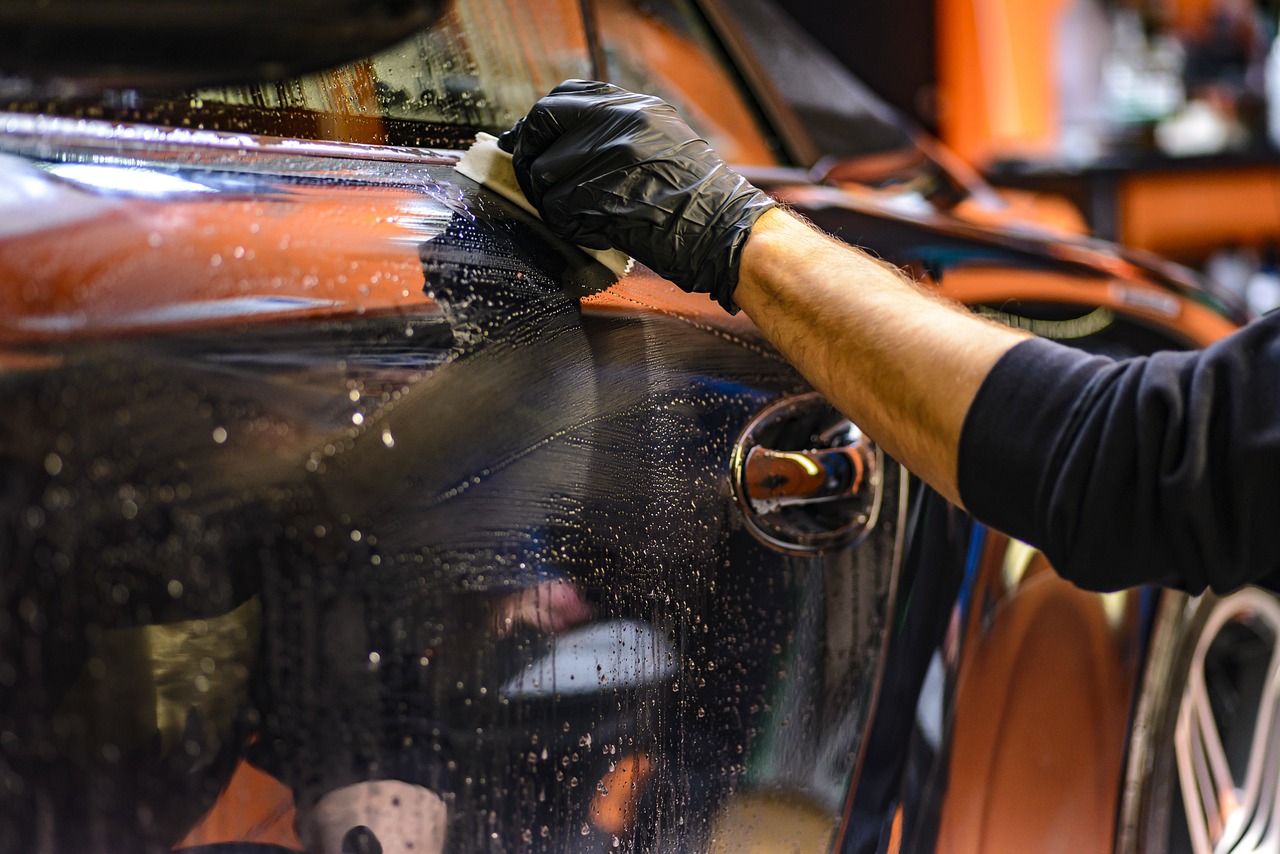
Fire Safety Precautions
When it comes to garage safety, are absolutely paramount. The garage is often a storage hub for various flammable materials such as gasoline, paint, and cleaning supplies. Ignoring these hazards can lead to catastrophic consequences. So, how can you protect yourself and your belongings from the risk of fire? Let's dive into some essential practices that every garage owner should implement.
First and foremost, it's crucial to store flammable materials properly. Always keep these substances in their original containers, tightly sealed, and away from any heat sources. Ideally, these items should be stored in a ventilated area to minimize the accumulation of fumes. Consider investing in a fireproof cabinet for added safety. This can be a lifesaver, especially if you have a lot of chemicals or fuels stored in your garage.
Another vital aspect of fire safety is ensuring that you have functional fire extinguishers readily accessible. A fire extinguisher should be kept in an easily reachable location, and it’s advisable to have at least one within the garage. But remember, it’s not just about having one; you need to know how to use it! Familiarize yourself with the PASS technique: Pull, Aim, Squeeze, and Sweep. Regularly check the expiration date and pressure gauge to ensure it’s always ready for action.
Additionally, consider installing a smoke detector in your garage. While this may seem like an unnecessary precaution, it can alert you to smoke before a fire spreads. Make sure to test the detector monthly and replace the batteries at least once a year. This small step can dramatically increase your chances of catching a fire early and reacting accordingly.
Lastly, keep your garage clean and free of clutter. This means regularly disposing of any unnecessary items, especially those that could catch fire. For instance, old rags soaked in oil or paint can ignite easily, so make it a habit to dispose of them properly. By maintaining a tidy workspace, you reduce the risk of fire hazards significantly.
In summary, fire safety in the garage is not something to take lightly. By implementing proper storage techniques, ensuring you have fire extinguishers and smoke detectors, and maintaining a clean environment, you can create a safer garage space. Remember, safety is a continuous process, and staying informed is your best defense against fire hazards.
- What type of fire extinguisher should I have in my garage? A multi-purpose fire extinguisher (Class ABC) is ideal for garages, as it can handle different types of fires.
- How often should I check my smoke detector? It's recommended to test your smoke detector monthly and replace the batteries at least once a year.
- Can I store gasoline in my garage? Yes, but it must be stored in an approved container and away from heat sources.
- What should I do if a fire breaks out in my garage? Evacuate the area immediately, call emergency services, and only use a fire extinguisher if it's safe to do so.

Electrical Safety Tips
When it comes to garage safety, electrical hazards are often overlooked, yet they can pose serious risks if not properly managed. Think about it: your garage is likely filled with various electrical tools and equipment, all of which require careful handling. To prevent accidents, it's crucial to be aware of safe practices when using electrical devices. First and foremost, always inspect your electrical cords and plugs for any signs of wear or damage. A frayed cord can lead to a shocking experience—literally!
Moreover, it's essential to avoid overloading your electrical outlets. Just like cramming too many people into a small room can lead to chaos, plugging in too many devices can cause your circuits to overload, potentially leading to a fire. Instead, consider using power strips with built-in circuit breakers to manage your devices safely. These handy tools can help protect against overloads and keep your garage running smoothly.
Additionally, make sure to keep your electrical equipment dry. Water and electricity are a dangerous combination, much like mixing oil and water. If you're working with tools that are plugged in, ensure your hands are dry and that you’re not standing on a wet surface. It's also a good idea to store electrical equipment in a dry area of your garage to minimize the risk of moisture damage.
Another critical aspect of electrical safety is proper lighting. A well-lit garage not only makes it easier to find your tools but also reduces the chances of accidents. Install bright, energy-efficient bulbs, and consider using motion-sensor lights for added convenience and safety. Remember, you want to see what you're working on, not trip over it!
Lastly, if you're ever in doubt about the safety of your electrical systems, don't hesitate to call a professional. It’s better to be safe than sorry, and a qualified electrician can help identify potential hazards that you might not notice. After all, a little precaution goes a long way in ensuring a safe garage environment.
- What should I do if I notice a burning smell from an electrical outlet?
Immediately unplug any devices connected to that outlet and stop using it. Contact a qualified electrician to investigate the issue. - Can I use outdoor extension cords in my garage?
It's best to use extension cords rated for indoor use in your garage. Outdoor cords are designed to withstand moisture and may not be suitable for indoor environments. - How often should I have my garage's electrical system inspected?
It's advisable to have a professional inspection every few years, or sooner if you notice any issues or if you've made significant changes to your electrical setup.
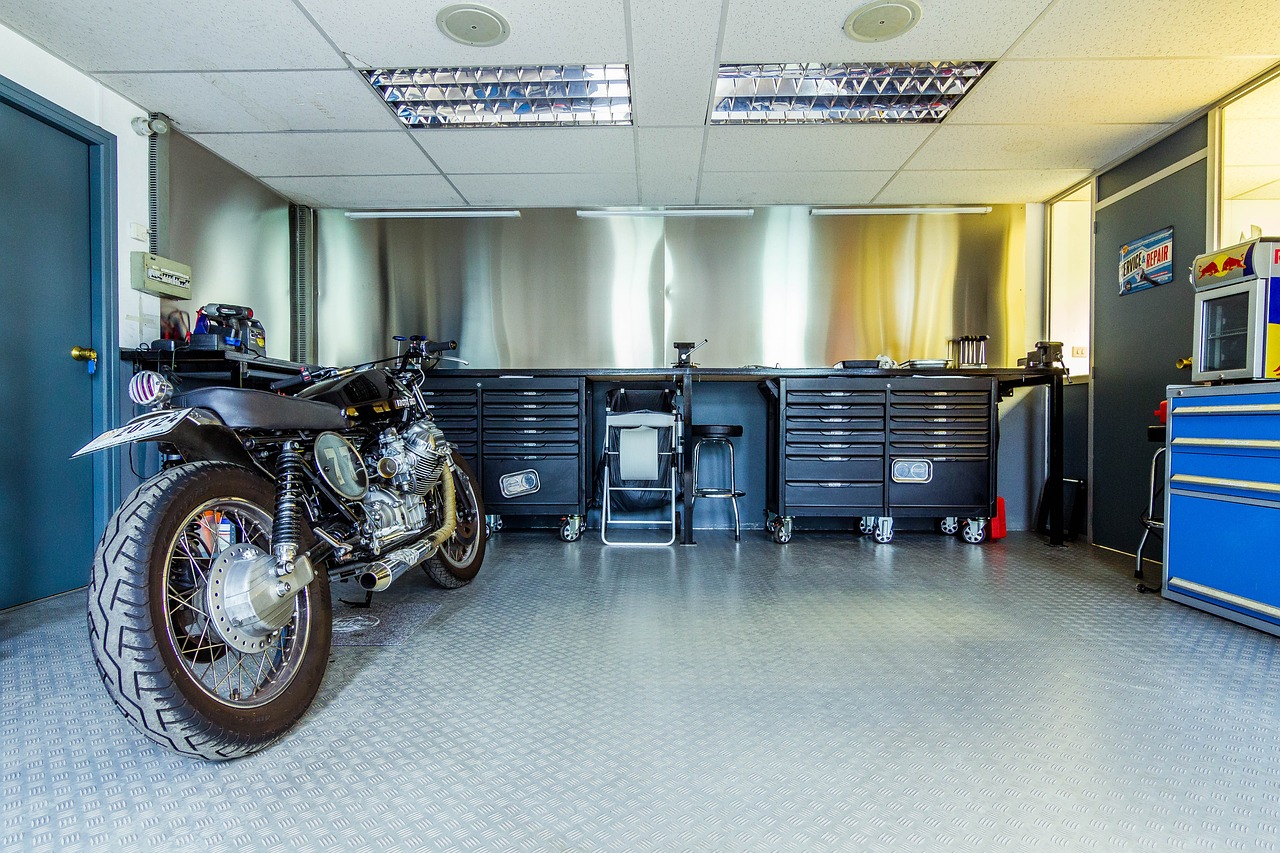
Emergency Preparedness
When it comes to safety in your garage, being prepared for emergencies is not just a good idea—it's a necessity. Imagine this: you're working on a project, and suddenly, a small fire starts due to a spark from your tools. What would you do? Having a solid emergency preparedness plan can mean the difference between a minor incident and a full-blown disaster. First and foremost, it's crucial to have a well-stocked first aid kit readily available. This kit should include essentials like bandages, antiseptic wipes, and any personal medications you might need. You never know when a minor cut or scrape might occur while you're tinkering with your tools!
Additionally, knowing the emergency contact numbers for your local fire department, poison control, and medical services is vital. Keep these numbers posted prominently in your garage, perhaps on a bulletin board or taped inside a cabinet door. In the heat of the moment, it’s easy to forget important numbers, but having them visible can save precious time. Furthermore, consider creating an evacuation plan. This plan should outline the quickest routes out of your garage and home in case of an emergency. Make sure everyone in your household is familiar with this plan, and conduct occasional drills to ensure everyone knows what to do when the time comes.
Another critical element of emergency preparedness is to regularly check your fire extinguishers. These should be easily accessible and fully charged. A good rule of thumb is to inspect your extinguishers every six months and replace them if they are over ten years old. You might think, "Oh, I’ll just buy a new one when I need it," but when an emergency strikes, you won’t have time to shop. Instead, take proactive steps now to ensure you're ready when it matters most.
In addition to fire safety, consider other potential emergencies such as chemical spills or severe weather conditions. If you store hazardous materials in your garage, make sure to label them clearly and store them in a secure location out of reach of children and pets. In the event of a spill, having a spill kit on hand can help you manage the situation quickly and effectively. For severe weather, ensure your garage is equipped to withstand storms, and know how to secure it properly.
In conclusion, being prepared for emergencies in your garage is all about having the right tools, knowledge, and plans in place. By taking these steps, you can create a safer environment not just for yourself, but for your family as well. Remember, safety isn't just a one-time effort; it’s an ongoing commitment to being ready for whatever life throws your way.
- What should be included in a first aid kit for the garage? A first aid kit should include band-aids, antiseptic wipes, gauze, scissors, and any personal medications.
- How often should I check my fire extinguishers? It's recommended to check fire extinguishers every six months and replace them if they are over ten years old.
- What is the best way to store hazardous materials in the garage? Store hazardous materials in clearly labeled containers and keep them out of reach of children and pets.
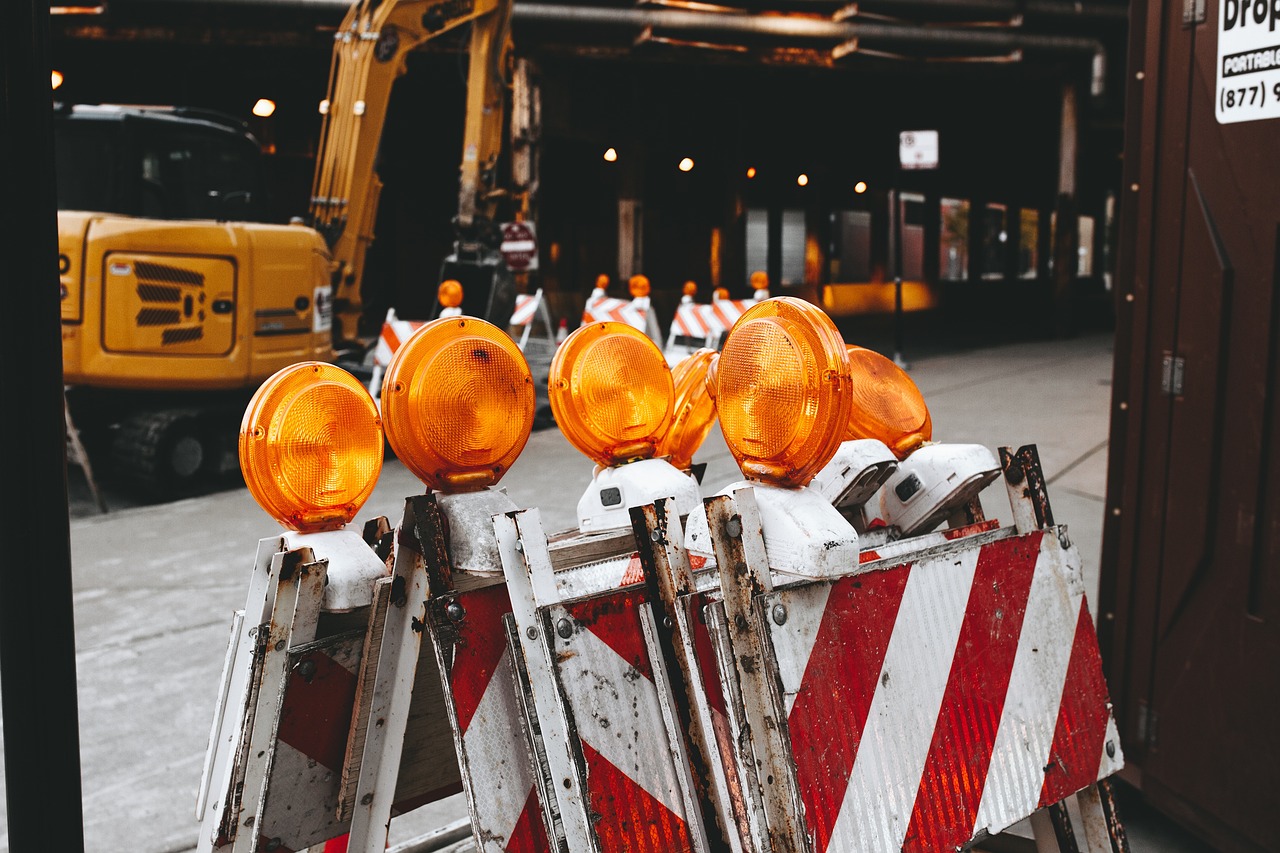
Child and Pet Safety
When it comes to ensuring the safety of children and pets in your garage, the stakes are incredibly high. Garages can often resemble a treasure trove of potential hazards, from sharp tools to toxic substances. It's essential to create a secure environment where your little ones and furry friends can roam without the looming threat of accidents. So, how do you go about transforming your garage into a safe haven?
First and foremost, secure all hazardous materials. This includes cleaning supplies, paints, and any chemicals that could pose a risk if ingested or inhaled. Store these items in high cabinets or locked storage bins that are completely out of reach of curious hands and paws. Remember, what might seem like a harmless can of paint to you could be a new toy for a toddler or a chew toy for a pet.
Next, supervision is key. If your garage is a space where you frequently work or engage in hobbies, make it a rule that children and pets should be under constant supervision. It’s easy to get lost in a project and forget about your surroundings, but a moment of distraction can lead to accidents. Consider setting up a play area in a different part of the house, ensuring they are entertained while you handle your garage tasks.
Additionally, create a safe environment by removing any potential tripping hazards. Cords, tools, and other items left on the floor can be dangerous for both kids and pets. Regularly tidy up your garage to keep it clutter-free and safe. You might even want to invest in a storage solution that allows you to store tools and equipment off the ground, such as wall-mounted racks or shelving units.
Another important aspect is teaching your children about garage safety. While they may not be using tools just yet, educating them on what items are off-limits can instill a sense of responsibility. You can turn this into a fun learning experience by explaining the importance of safety in a way they can understand—think of it as a treasure hunt where they learn to identify safe versus unsafe items in the garage.
Lastly, consider installing childproof locks on garage doors and cabinets. This simple addition can provide an extra layer of security, preventing little explorers from accessing potentially dangerous areas. Just as you would baby-proof your home, baby-proof your garage to ensure that it remains a safe space.
Q: What are some common hazards in a garage that I should be aware of?
A: Common hazards include sharp tools, flammable materials, and chemicals. Always ensure these are stored securely and out of reach of children and pets.
Q: How can I keep my garage organized and safe?
A: Utilize shelving, cabinets, and bins to keep items off the floor and organized. Regularly clean and inspect the garage to maintain safety.
Q: Should I supervise my children while I work in the garage?
A: Yes! Supervision is crucial. Consider setting up a safe play area away from the garage while you work.
Q: Are there specific safety measures for pets in the garage?
A: Yes, ensure that hazardous materials are securely stored, and remove any items that could be harmful if chewed or ingested. Supervise pets closely while in the garage.
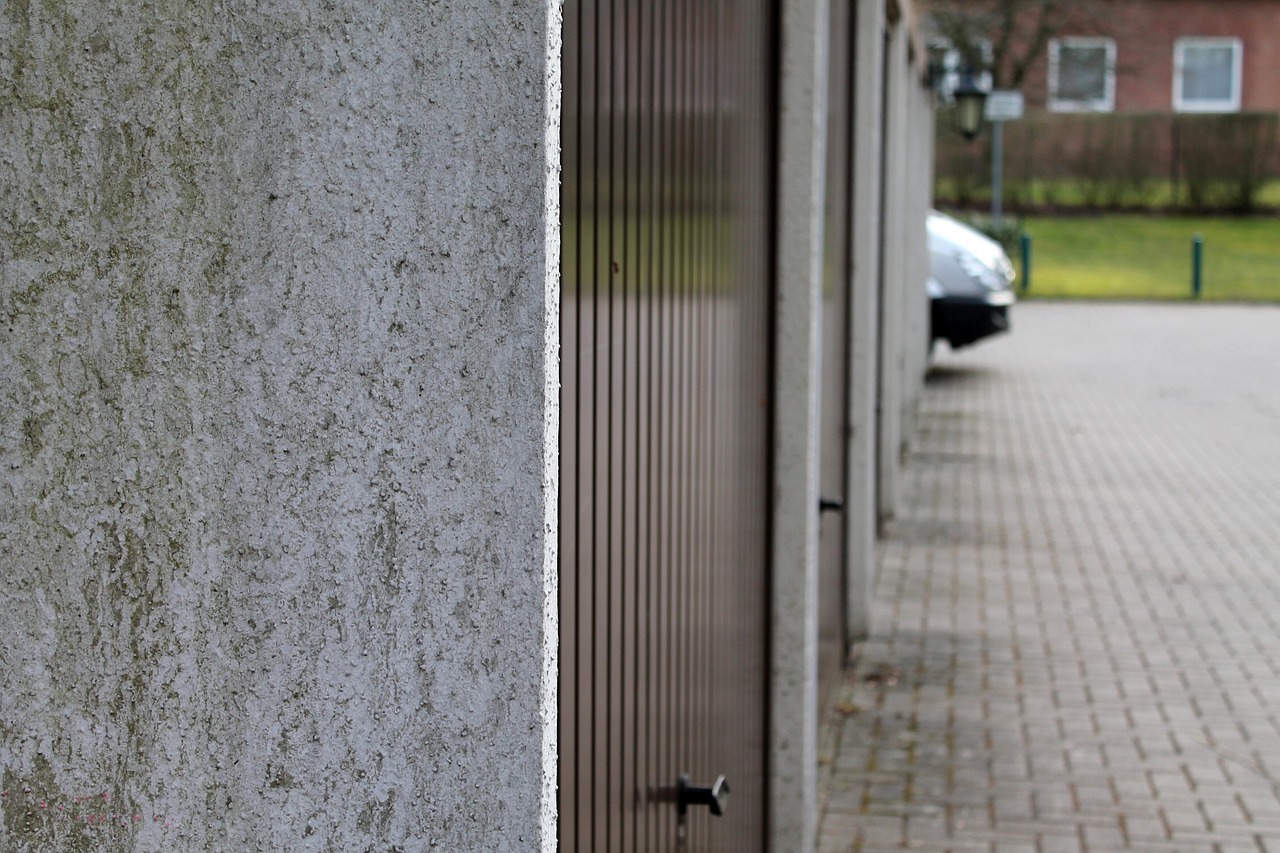
Regular Maintenance Checks
When it comes to ensuring the safety of your garage, are your best friend. Think of it like a routine health check-up for your home. Just as you wouldn’t ignore a persistent cough, you shouldn’t overlook potential hazards lurking in your garage. By conducting frequent inspections, you can identify issues before they escalate into serious problems. So, what should you be looking for during these checks? Let’s dive in!
First and foremost, it's crucial to inspect your tools and equipment regularly. A simple glance might not be enough; you need to examine them thoroughly. Look for signs of wear and tear, such as rust on metal tools or frayed cords on electrical devices. If you notice anything unusual, it’s best to either repair or replace the item before it leads to an accident. Just imagine trying to cut wood with a dull saw or using a malfunctioning power tool—yikes! Safety first!
Another area to focus on is cleanliness. Spills and clutter can create hazardous conditions. A spilled liquid on the floor can lead to slips and falls, while a cluttered workspace can obscure important tools and materials. Make it a habit to clean up any spills immediately and organize your tools after each use. Consider implementing a cleaning schedule, perhaps weekly or bi-weekly, to ensure your garage remains a safe haven.
Don't forget to check the structural integrity of your garage as well. Look for any signs of damage, such as cracks in the walls or ceiling, water damage, or loose shelving. These issues can compromise the safety of your garage, especially if you store heavy items on shelves that may not be secure. If you find any significant damage, it might be time to call in a professional to assess the situation.
Lastly, consider creating a maintenance checklist to keep track of what needs to be done. This checklist can serve as a reminder for all the essential tasks you need to complete during your inspections. Here’s a simple example of what your checklist might include:
| Maintenance Task | Frequency | Status |
|---|---|---|
| Inspect tools for damage | Monthly | ✔️ |
| Clean spills and clutter | Weekly | ✔️ |
| Check structural integrity | Quarterly | ✔️ |
| Test smoke detectors | Monthly | ✔️ |
By keeping up with these maintenance checks, you can not only protect yourself and your loved ones but also extend the lifespan of your tools and equipment. Remember, a little effort goes a long way in creating a safe and functional garage space!
Q: How often should I perform maintenance checks in my garage?
A: It’s advisable to conduct thorough maintenance checks at least once a month. However, certain tasks like cleaning spills should be done weekly.
Q: What should I do if I find damaged tools?
A: If you find any damaged tools, it’s best to either repair them if possible or replace them to ensure your safety while working.
Q: How can I create a cleaning schedule for my garage?
A: You can create a simple cleaning schedule by setting specific days and tasks for cleaning and organizing. Stick it on the wall of your garage as a reminder!
Q: Is it necessary to check the structural integrity of my garage?
A: Yes, checking the structural integrity is essential to ensure that your garage is safe for storage and use. Look for any cracks, leaks, or signs of damage regularly.

Creating a Safety Checklist
Creating a safety checklist for your garage is not just a good idea—it's essential for maintaining a secure environment. Think of it as your personal safety net, ensuring that you don't overlook any potential hazards that could lead to accidents or injuries. A well-structured checklist can help you stay organized and proactive. But how do you create one that’s effective? Let’s break it down.
First, consider the various categories that need to be included in your checklist. You might want to think about storage solutions, tool safety, fire hazards, and emergency preparedness. Each of these categories addresses specific risks that are prevalent in a garage setting. By compartmentalizing your checklist, you can focus on one area at a time, making the task less overwhelming.
Next, it’s important to involve your family or anyone who frequently uses the garage. Discussing safety measures together not only helps in gathering different perspectives but also fosters a culture of safety. You could even hold a family meeting to brainstorm ideas and assign responsibilities. For example, you might designate someone to check the fire extinguishers monthly while another person is in charge of organizing tools.
Here’s a simple table to illustrate what your safety checklist might look like:
| Category | Checklist Items | Frequency |
|---|---|---|
| Storage Solutions | Organize tools and materials; check for clutter | Weekly |
| Tool Safety | Inspect tools for damage; ensure protective gear is available | Monthly |
| Fire Hazards | Check fire extinguishers; store flammable materials safely | Quarterly |
| Emergency Preparedness | Review evacuation plan; update emergency contact numbers | Annually |
Once you've compiled your checklist, it's time to put it into action. Make sure to keep it in a visible spot in the garage—perhaps on a bulletin board or attached to the wall. This way, everyone can easily access it and see what needs to be done. Regularly reviewing and updating your checklist ensures that it remains relevant and effective. Remember, safety is not a one-time task; it’s an ongoing commitment.
In addition to the checklist, consider keeping a safety log where you can record any incidents, maintenance performed, or updates made to your safety measures. This log can be invaluable for tracking patterns or identifying areas that need more attention. You might be surprised at how much you can learn from just a few notes!
Ultimately, creating a safety checklist is about fostering a culture of awareness and responsibility within your household. By taking the time to assess potential hazards and implement preventive measures, you’re not just protecting yourself; you’re also safeguarding your loved ones and your belongings. So, grab a pen and paper, and start crafting your garage safety checklist today!
Q: How often should I review my garage safety checklist?
A: It's advisable to review your checklist at least once a month, but you should also assess it whenever you make changes to your garage or acquire new tools and materials.
Q: What should I do if I find a hazard during my checklist review?
A: Address any hazards immediately. If it involves repairs or significant changes, consider consulting a professional to ensure safety.
Q: Can I use a digital checklist instead of a paper one?
A: Absolutely! Digital checklists can be more convenient and easier to update. There are many apps available that can help you manage your safety checklist effectively.
Frequently Asked Questions
- What are the common hazards found in a garage?
Common hazards in a garage include flammable materials like gasoline and paint, sharp tools that can cause cuts, and inadequate ventilation that can lead to harmful fumes. It's essential to regularly assess your garage for these risks to maintain a safe environment.
- How can I improve storage in my garage?
Improving storage in your garage can be achieved by using shelving units, cabinets, and labeled bins. This not only reduces clutter but also makes tools and materials easily accessible, which can prevent accidents caused by searching for items.
- What safety gear should I use when handling tools?
When handling tools, it's crucial to wear protective gear such as gloves, safety goggles, and sturdy footwear. This gear helps protect you from injuries, ensuring you can work safely and effectively.
- What fire safety measures should I take in my garage?
To enhance fire safety, store flammable materials in proper containers, keep a fire extinguisher nearby, and regularly check smoke detectors. Being proactive can significantly reduce the risk of fire-related incidents.
- How can I ensure electrical safety in my garage?
To ensure electrical safety, avoid overloading outlets, regularly inspect cords for damage, and use equipment according to the manufacturer's instructions. It's also wise to have a qualified electrician evaluate your garage's wiring if you notice any issues.
- What should I include in an emergency preparedness plan for my garage?
Your emergency preparedness plan should include a well-stocked first aid kit, a list of emergency contact numbers, and a clear evacuation route. Regularly reviewing this plan with family members can ensure everyone knows what to do in case of an emergency.
- How can I keep children and pets safe in the garage?
To keep children and pets safe, secure hazardous materials in locked cabinets, supervise any playtime in the garage, and remove any sharp or dangerous tools from their reach. Creating a designated safe space for them can help prevent accidents.
- Why are regular maintenance checks important for garage safety?
Regular maintenance checks are vital as they help identify potential hazards before they become serious issues. Inspecting tools, cleaning spills, and checking for structural integrity can ensure your garage remains a safe space for everyone.
- How can I create a safety checklist for my garage?
To create a safety checklist, list all potential hazards, necessary safety gear, and maintenance tasks. Regularly reviewing and updating this checklist will help you stay organized and aware of any changes needed to improve garage safety.



